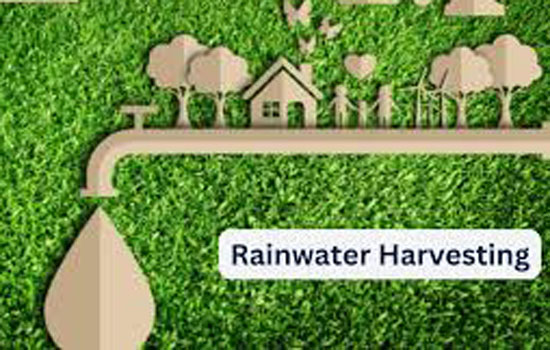
Rainwater harvesting offers more than just increasing groundwater levels and improving water purity; it acts as a form of water insurance for the future, providing substantial economic benefits to individuals, society, and the government.
1. Individual Economic Benefits:
For example, if a house with a 2,000 square foot roof receives 50 centimeters of rainfall, it can recharge the groundwater with 100,000 liters of pure water. If the value of one liter of pure water is ₹20, the individual would receive ₹20 lakh worth of groundwater for free. In contrast, if the same person were to purchase water via tankers for 300 days a year, it would cost them ₹1.2 lakh. Rainwater harvesting provides ₹20 lakh worth of pure water naturally and at no cost. Additionally, if the groundwater level increases by one meter, there is a reduction in electricity usage by half a unit, leading to further economic savings.
2. Societal Economic Benefits:
Society benefits when rainwater harvesting is widely implemented. Streets, alleys, and drains that once remained clean and free of flooding now face waterlogging and debris if rainwater is not properly managed. This can lead to an increase in diseases such as malaria, dengue, and jaundice, which not only spread throughout the neighborhood but also result in significant economic losses. The costs associated with treating these diseases can be substantial, both for the community and the government. Thus, rainwater harvesting can help prevent these issues, leading to significant economic savings for society as a whole.
3. Governmental Benefits:
The government stands to benefit from reduced disaster management costs. Without proper rainwater harvesting, urban flooding can occur, requiring the government to deploy resources such as boats, relocate residents to safer areas, and manage emergency supplies. If an epidemic were to break out, the cost of treatment and containment would be immense. By preventing floods and epidemics through effective rainwater harvesting, the government can save millions in disaster management and healthcare costs.
In conclusion, rainwater harvesting is a simple, cost-effective solution that can save millions of rupees for individuals, society, and the government. To maximize these benefits, there should be widespread promotion of rainwater conservation, and rainwater harvesting systems should be installed on every building.